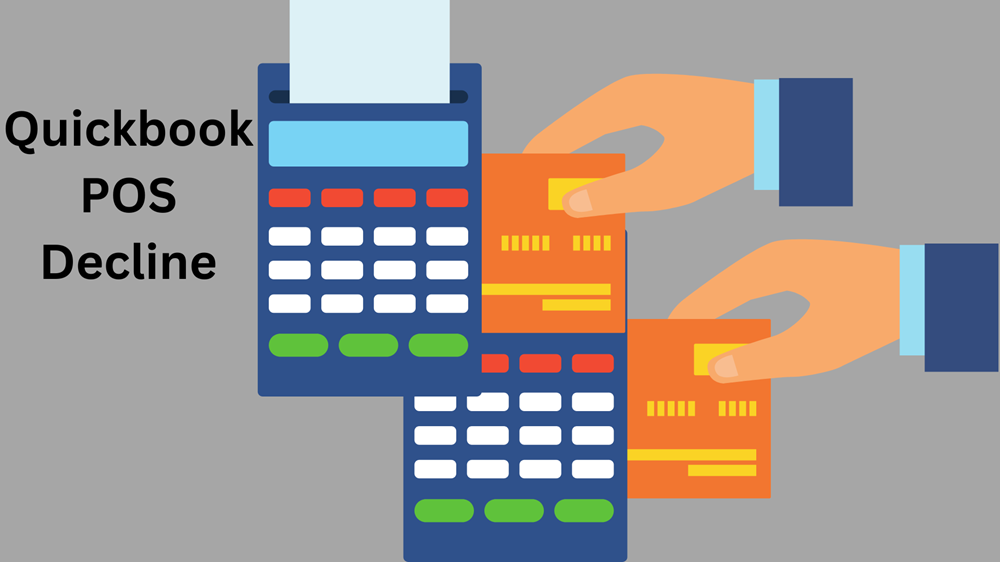In the world of accounting, QuickBooks plays a pivotal role in managing your financial transactions efficiently. One intriguing feature within QuickBooks is the “Suspense Account.” In this comprehensive guide, we will delve into the concept of a suspense account in QuickBooks, its purpose, and how to effectively utilize it.
What is a Suspense Account in QuickBooks?
A suspense account, as the name suggests, is an accounting tool used to temporarily house transactions or balances that cannot be readily identified or classified. This account proves to be invaluable when discrepancies arise in your financial records, and it helps maintain the integrity of your accounting data. Here are some of the key points to remember –
- Temporary nature – Suspense accounts are temporary placeholders, meant to be resolved by the end of the accounting cycle.
- Asset or liability – Depending on the specific situation, a suspense account can function as either a current asset or a liability asset.
- Trial balance – Suspense accounts find their place in the trial balance under the “Other Assets” heading, awaiting reconciliation.
- Debits and credits – If your debits exceed credits, the difference is recorded as a credit in the suspense account, and vice versa.
Using a Suspense Account in QuickBooks
There are various situations in which you might find it necessary to utilize a suspense account for withholding payments. Here are a few instances where the use of a suspense account becomes relevant:
- Received payments – When you receive a payment, but the source or purpose is unclear, a suspense account comes into play. Reconcile these payments by matching them with invoices or contacting the customer for verification.
- Accounts payable suspense accounts – Use this when you make a payment for a fixed asset but haven’t received the asset yet. It allows you to record payments without assigning them to a specific asset account, preventing distortions in asset values.
- Journal entries – Correct one-sided errors through journal entries. Depending on the nature of the error, you can use the suspense account for either credits or debits.
- Suspense refund – In certain situations, a suspense account may be used for refunding clients. This occurs when expense activities need to return funds to clients, and QuickBooks generates a suspense refund number automatically.
- Suspense balance – The funds held in a suspense account await allocation or application by servicing firms or mortgage lenders. Examples include payments for homeowners’ insurance and property tax. The amount held in your suspense account is referred to as the suspense balance.
Setting Up a QuickBooks Suspense Account
Follow these straightforward steps to create a suspense account in QuickBooks:
- Begin by clicking on the “Account” option located at the bottom of your QuickBooks interface.
- Within the Account menu, find and click on the “New” button.
- Next, opt for the “Account Type” – in this case, select “Expense.”
- Hit the “Continue” button to proceed.
- In the “Account Name” field, provide a name for your suspense account. If you use account numbers, enter the relevant number in the “Number” field.
- Finally, click “Save and Close” to save the account details.
Once you’ve completed these steps, your suspense account is ready to use. It will serve as a temporary repository for discrepancies until they are identified and resolved during the accounting cycle.
Clearing a Suspense Account in QuickBooks
To clear a suspense account in QuickBooks, you need to locate the original account associated with the transaction. Follow these steps:
- Begin by going to the “Inquiry” menu in QuickBooks.
- Click on the “Account” option.
- Opt for the “Current” option.
- Click on “Conditions” and go to the “Field” tab.
- In the “Field” tab, choose “Account.”
- Select “Equal to” in the “Operator” section.
- Type in the “Suspense account number” in the “Value” section.
- Don’t forget to click “OK” to save the changes.
The Importance of a Suspense Account in QuickBooks
A QuickBooks suspense account plays a pivotal role in maintaining the accuracy and organization of your accounting records. Here’s why it’s crucial –
- Preventing errors – A suspense account prevents the recording of transactions in the wrong accounts, thereby avoiding inaccurate balances.
- Avoiding missing details – It safeguards against the omission of transactions due to missing information.
Read More : How to Change Color of Icon Bar in QuickBooks?
In QBinfoaccount article summary, a QuickBooks suspense account acts as a control account, temporarily holding transactions until any issues are identified or unrecognizable transactions are clarified. It’s a vital tool for maintaining the integrity of your financial records.
Frequently Asked Questions




